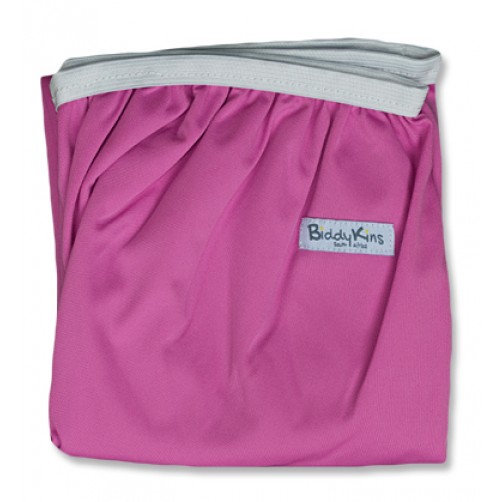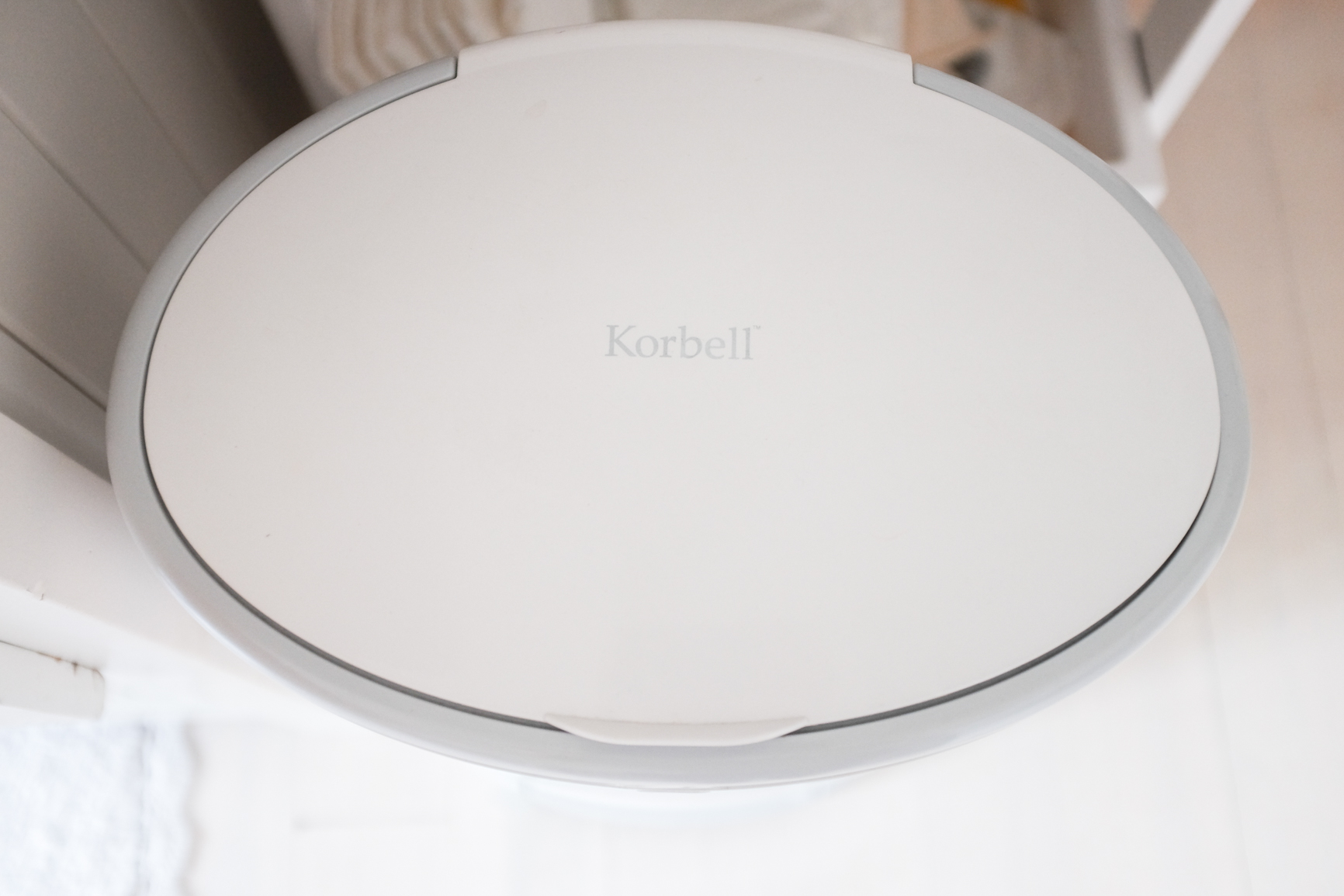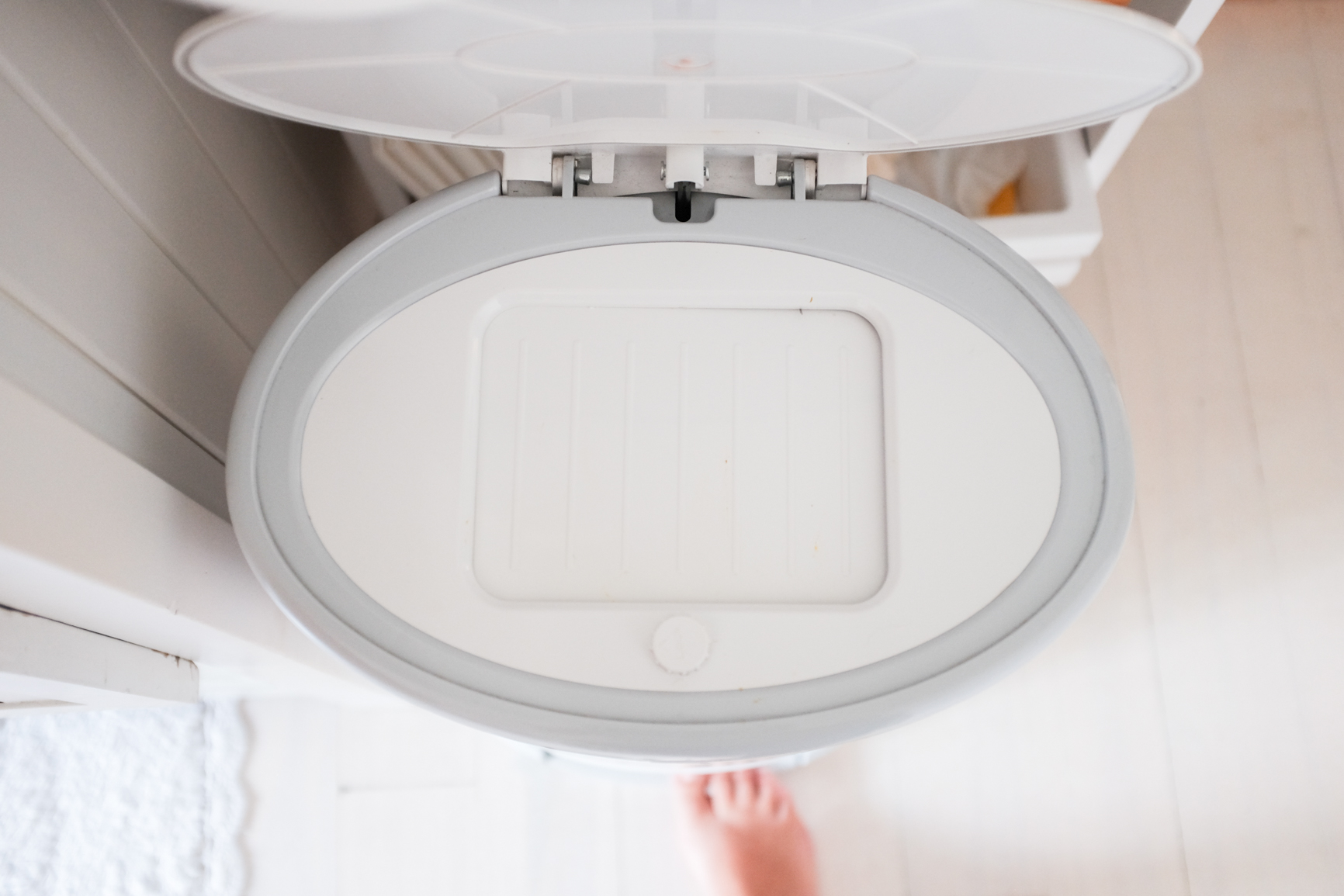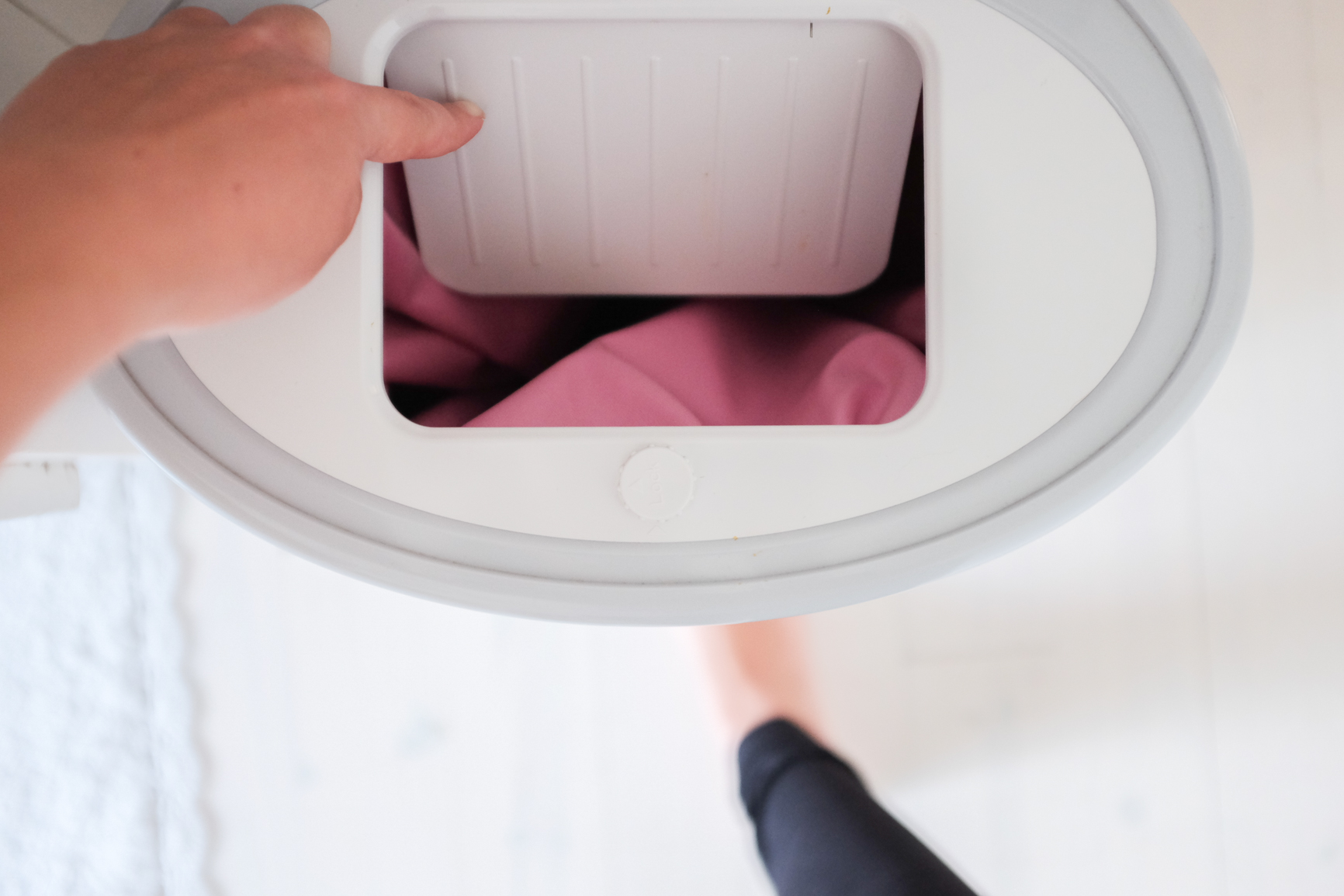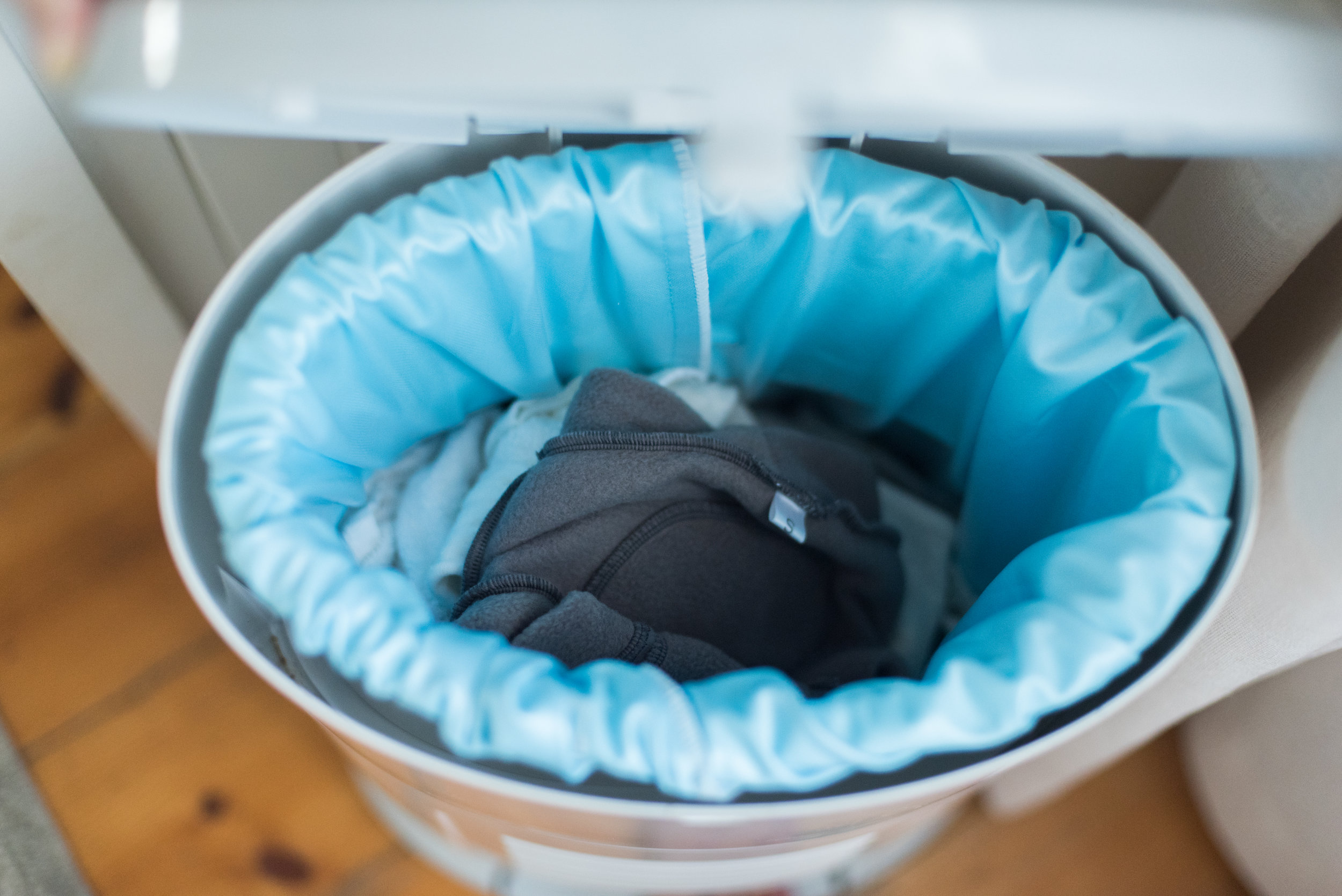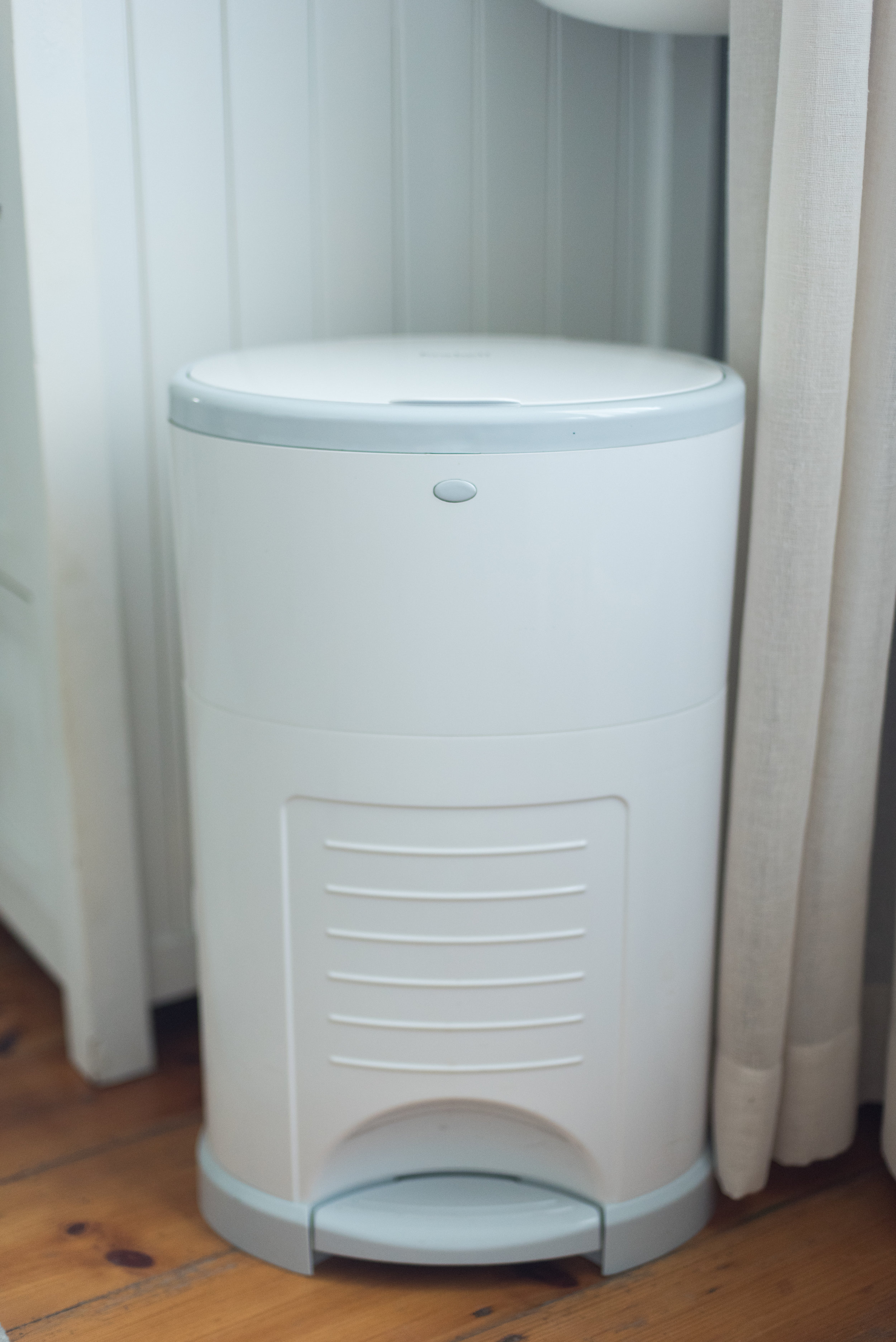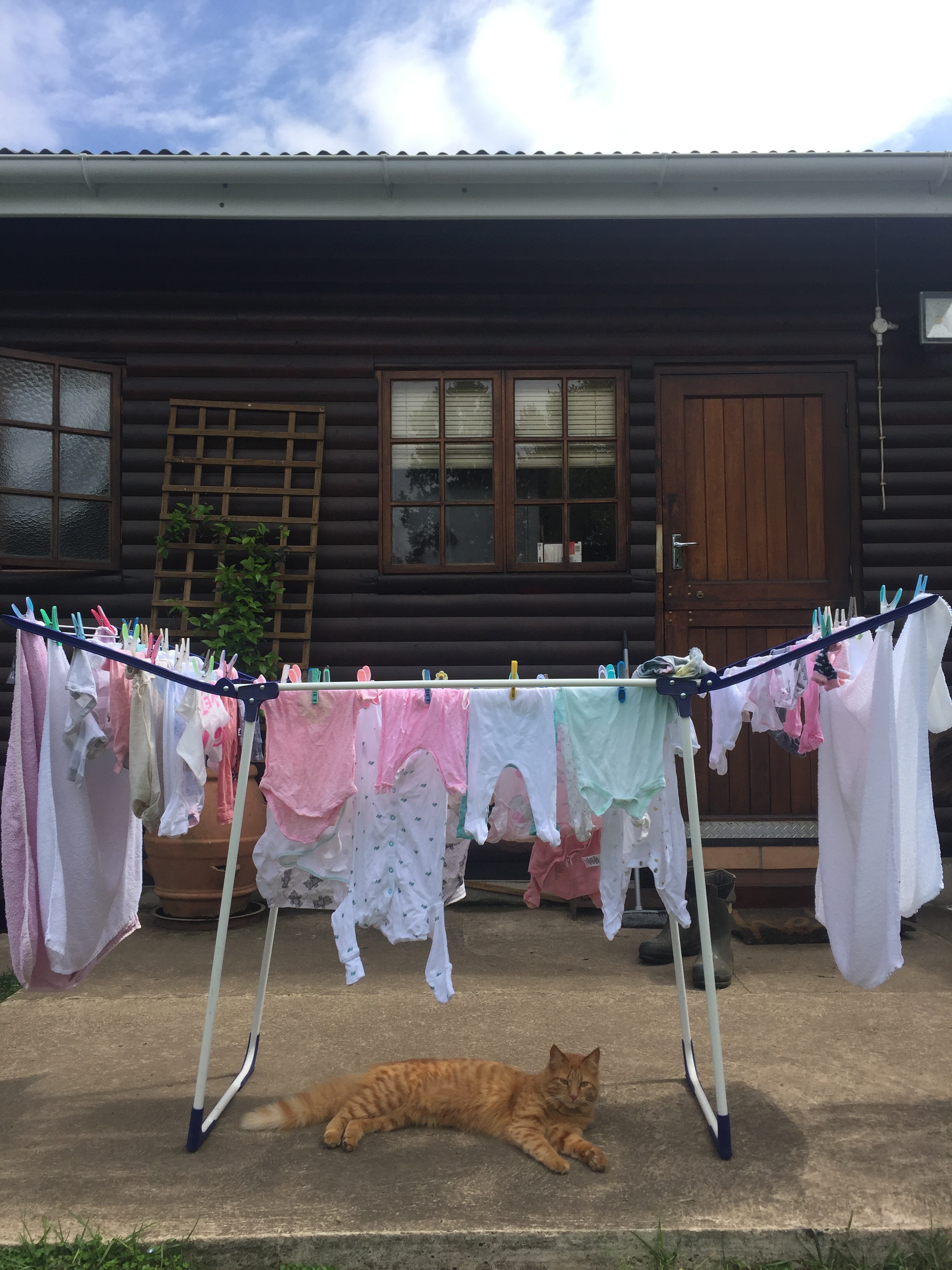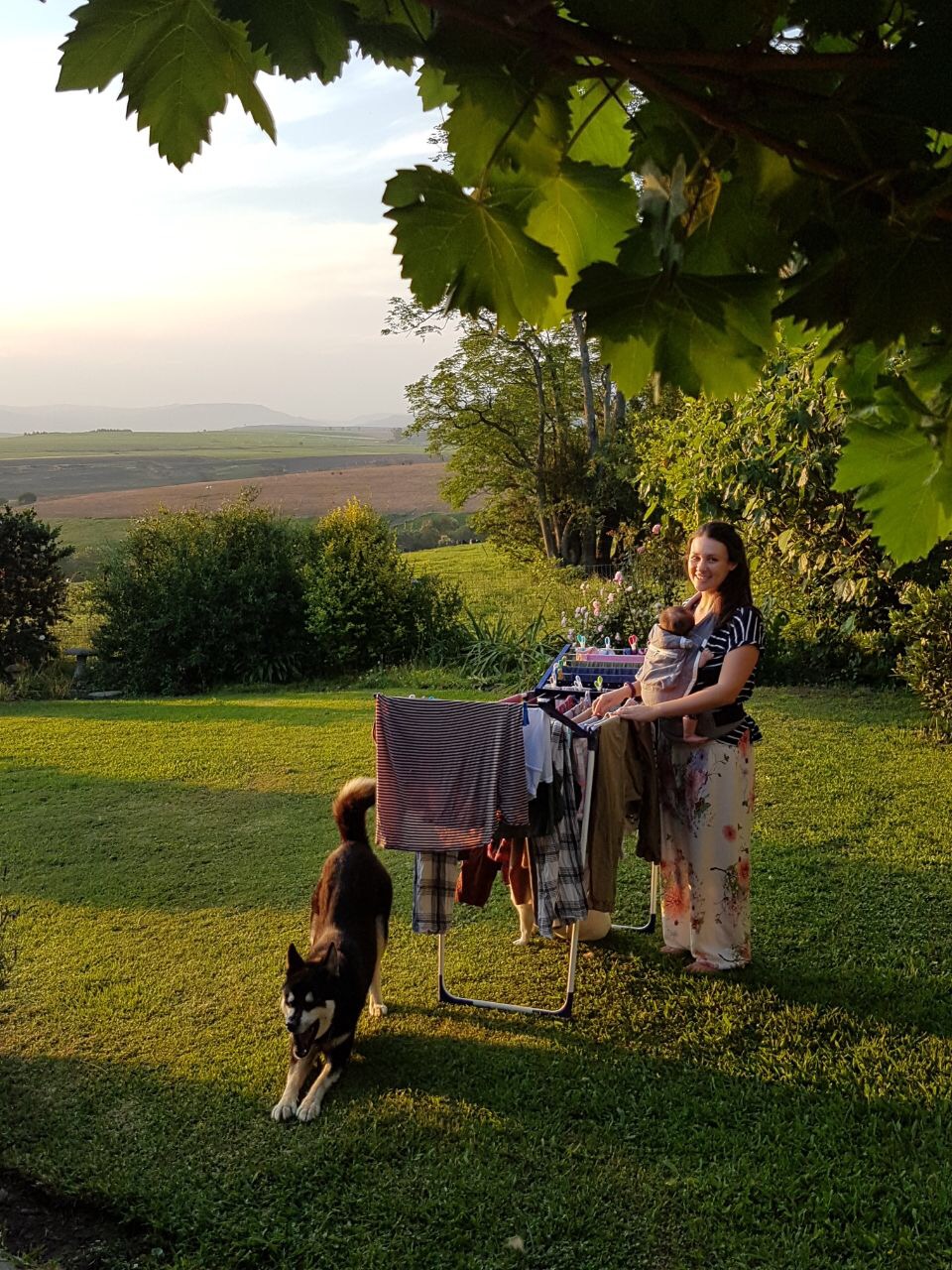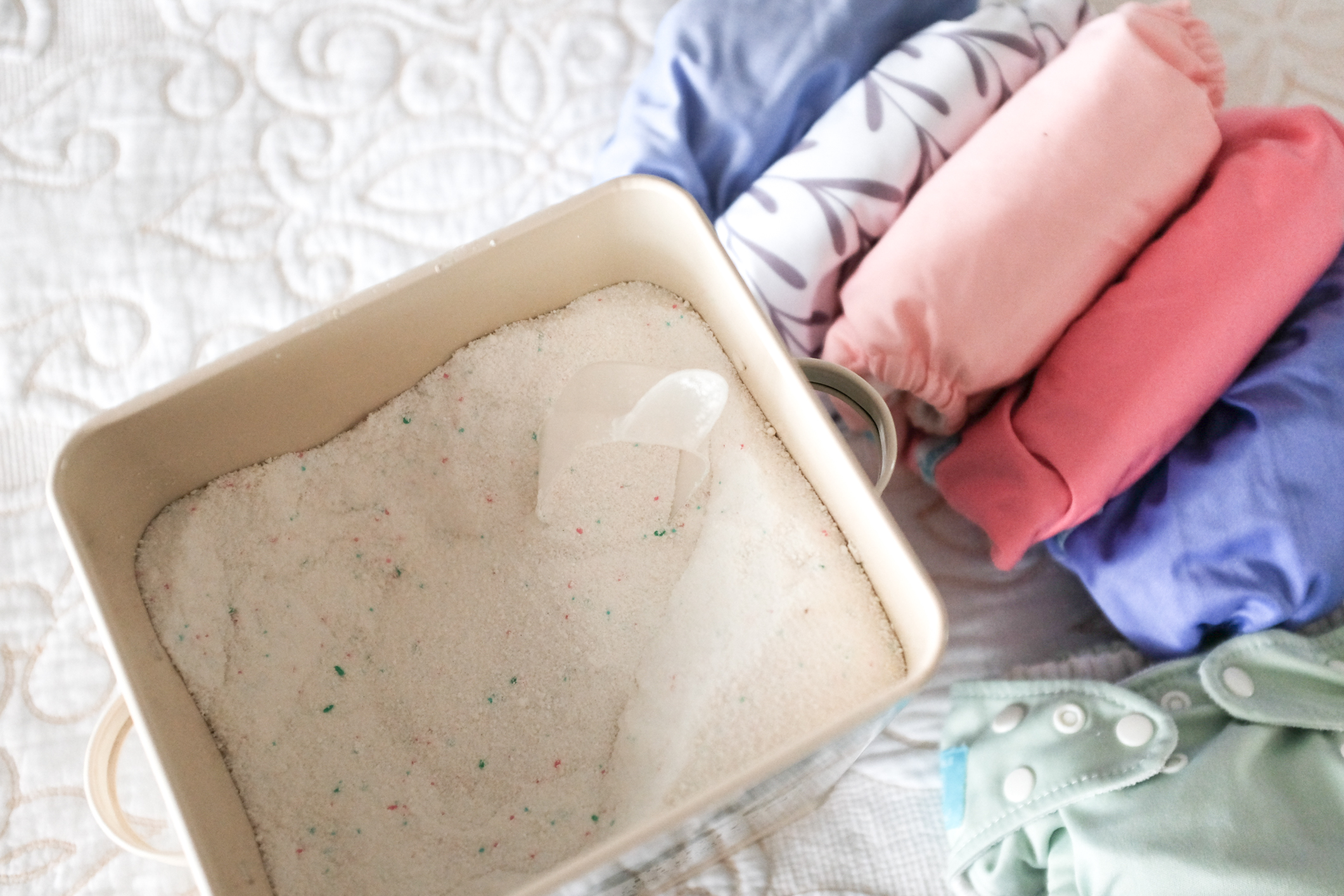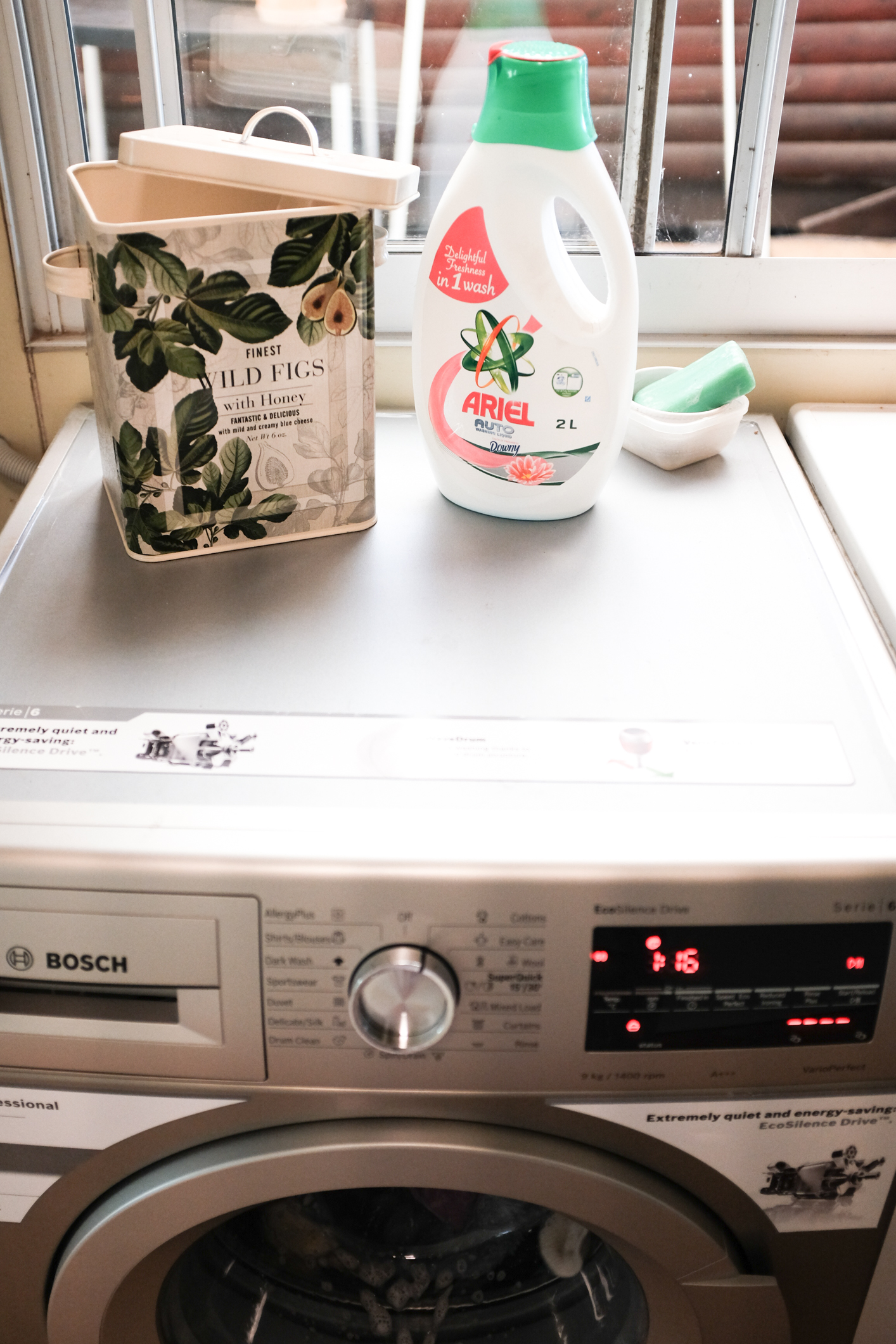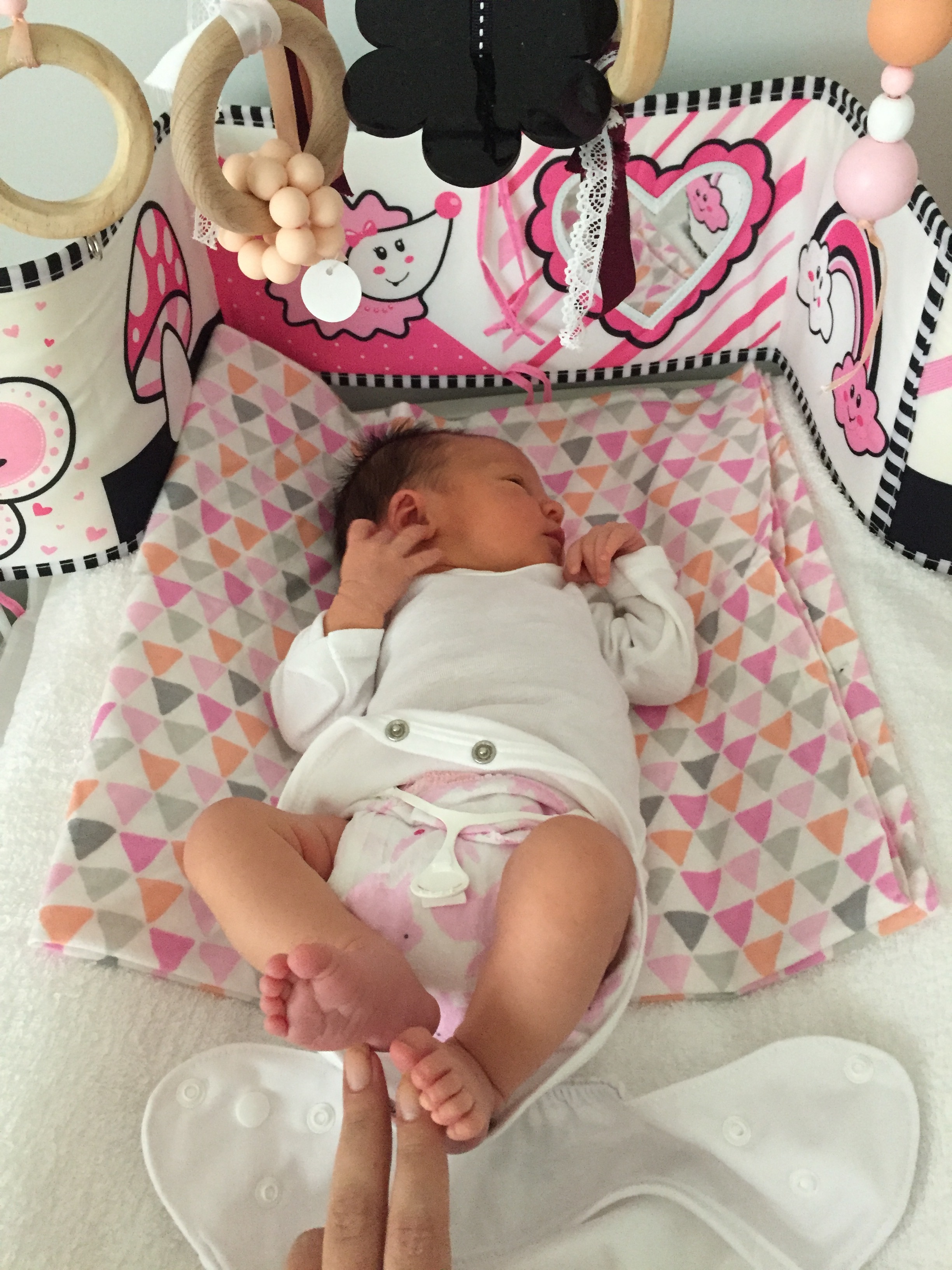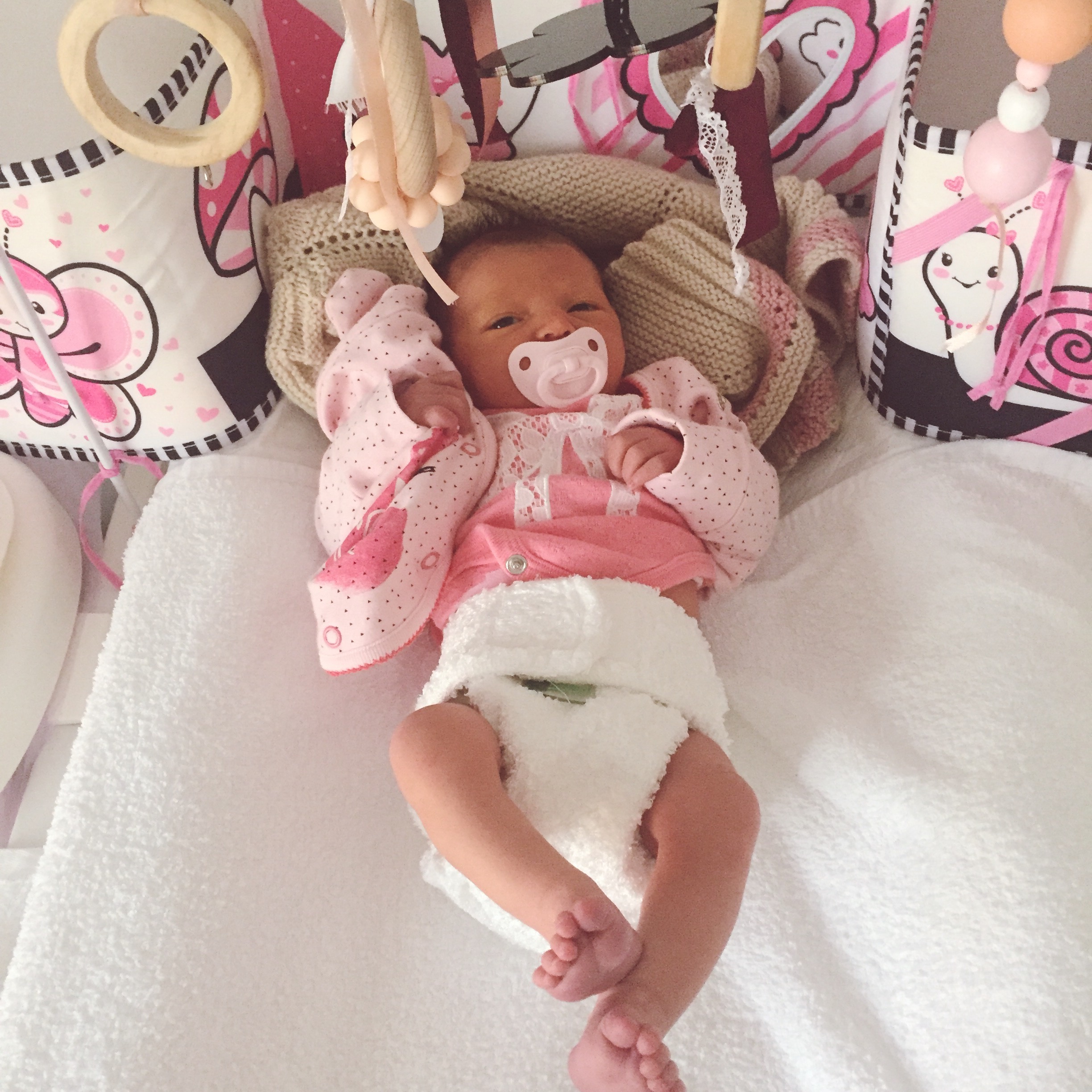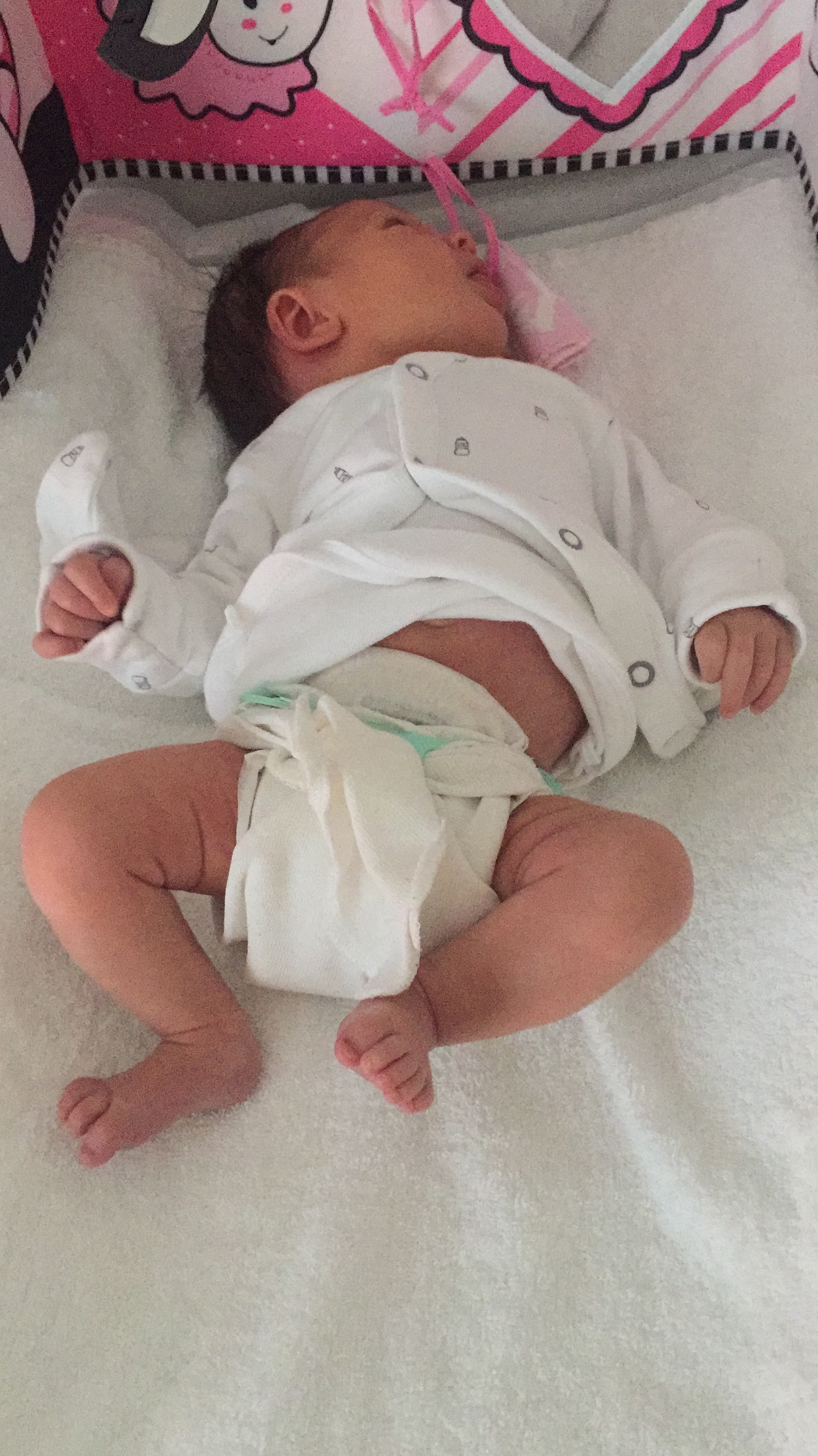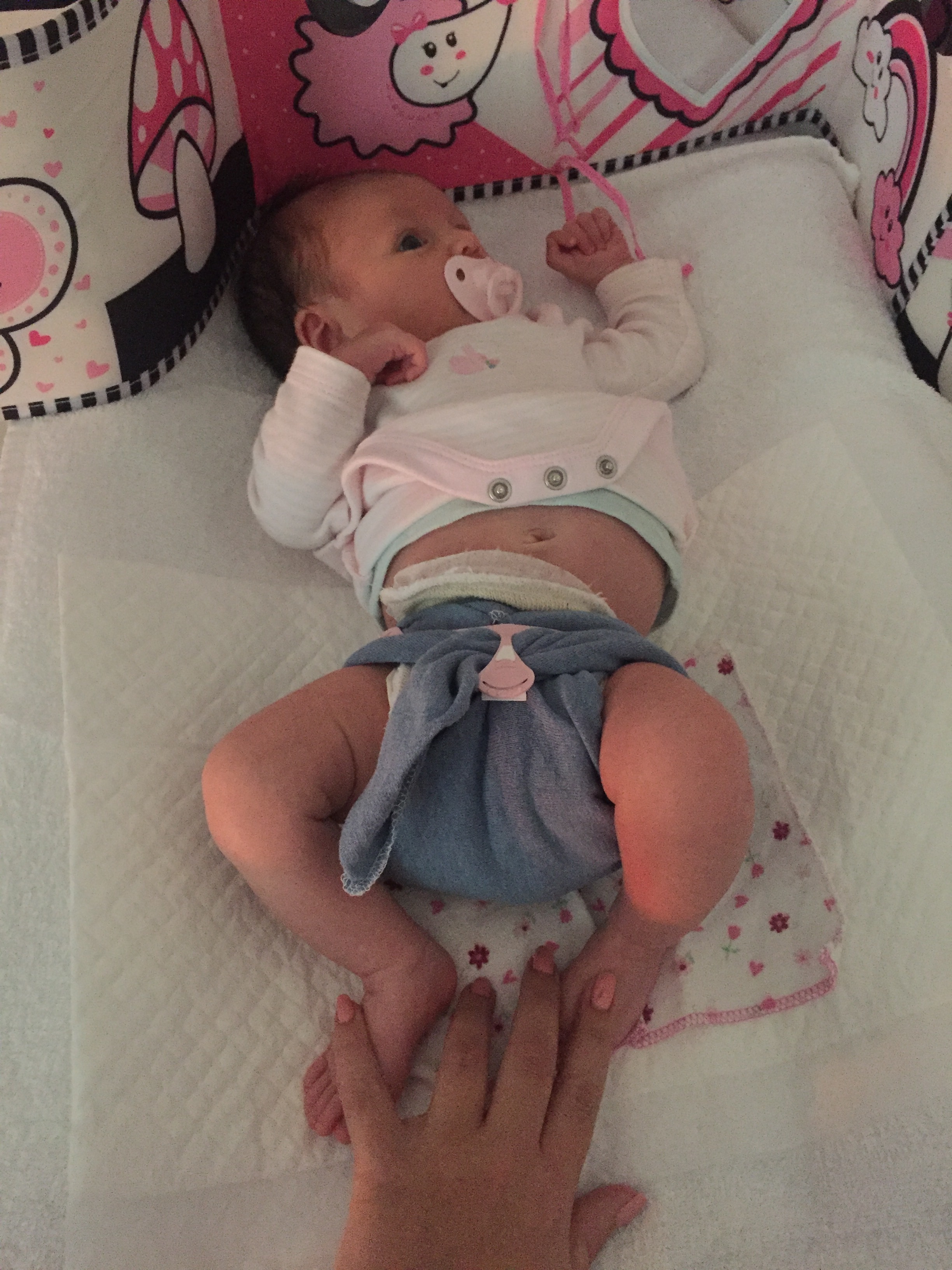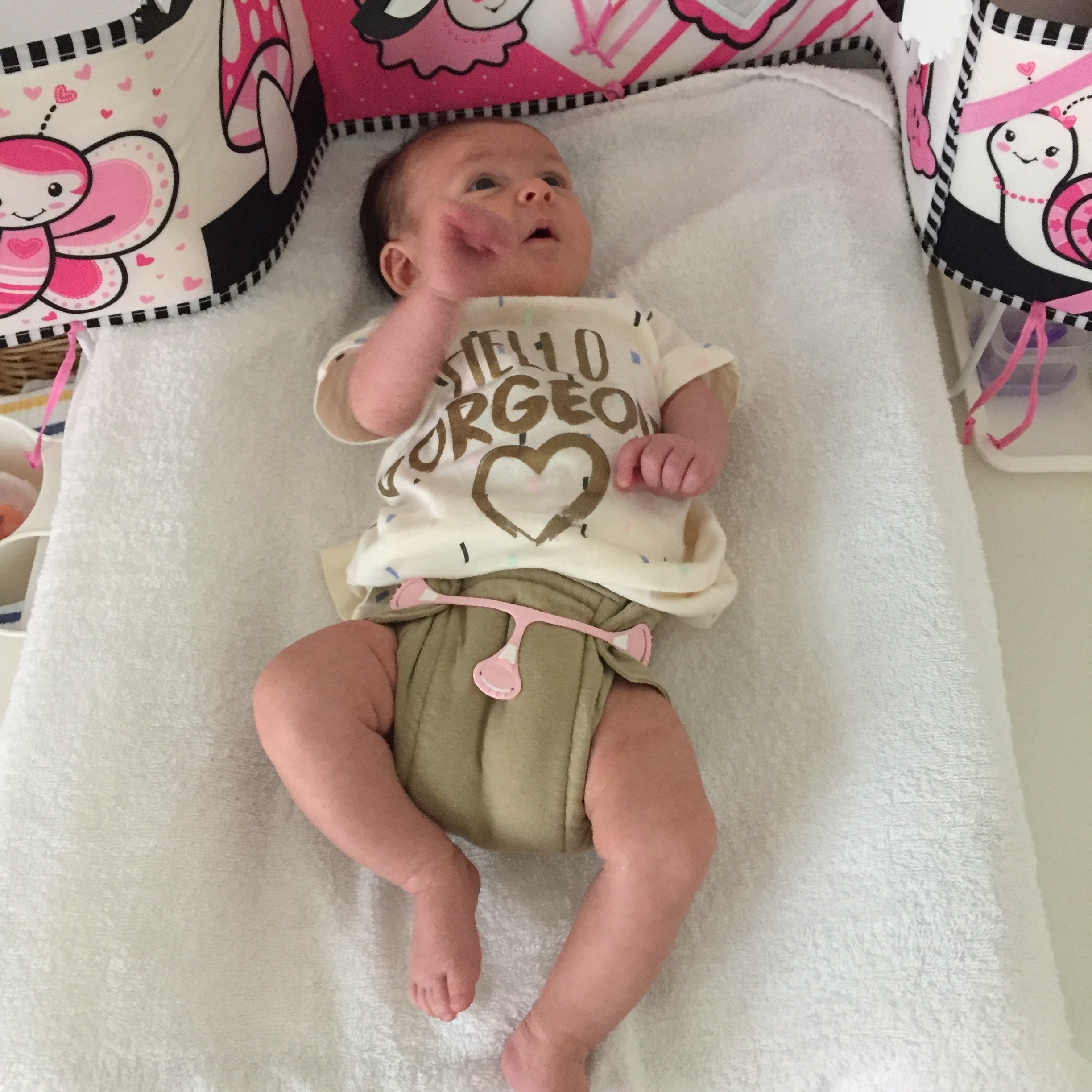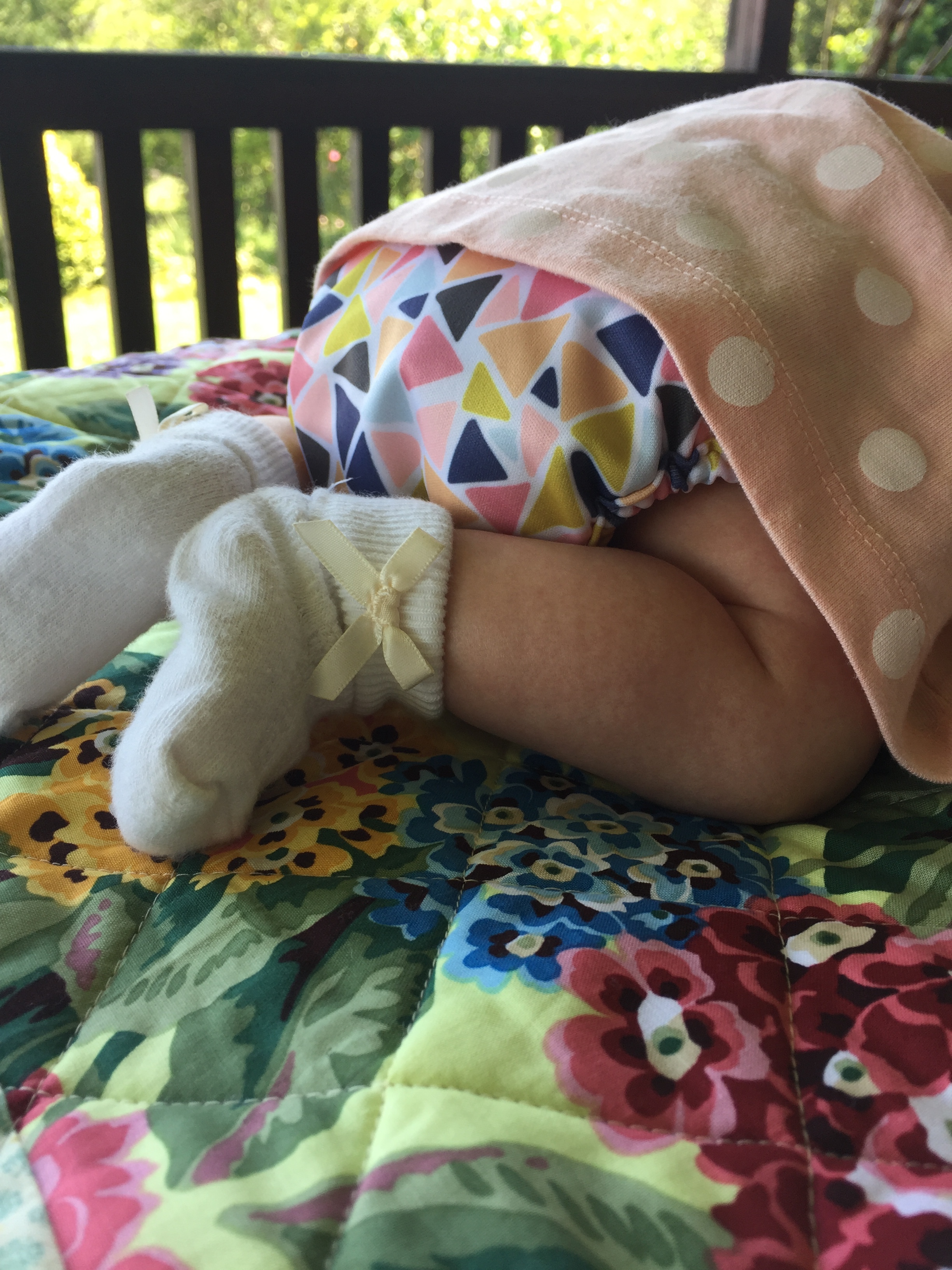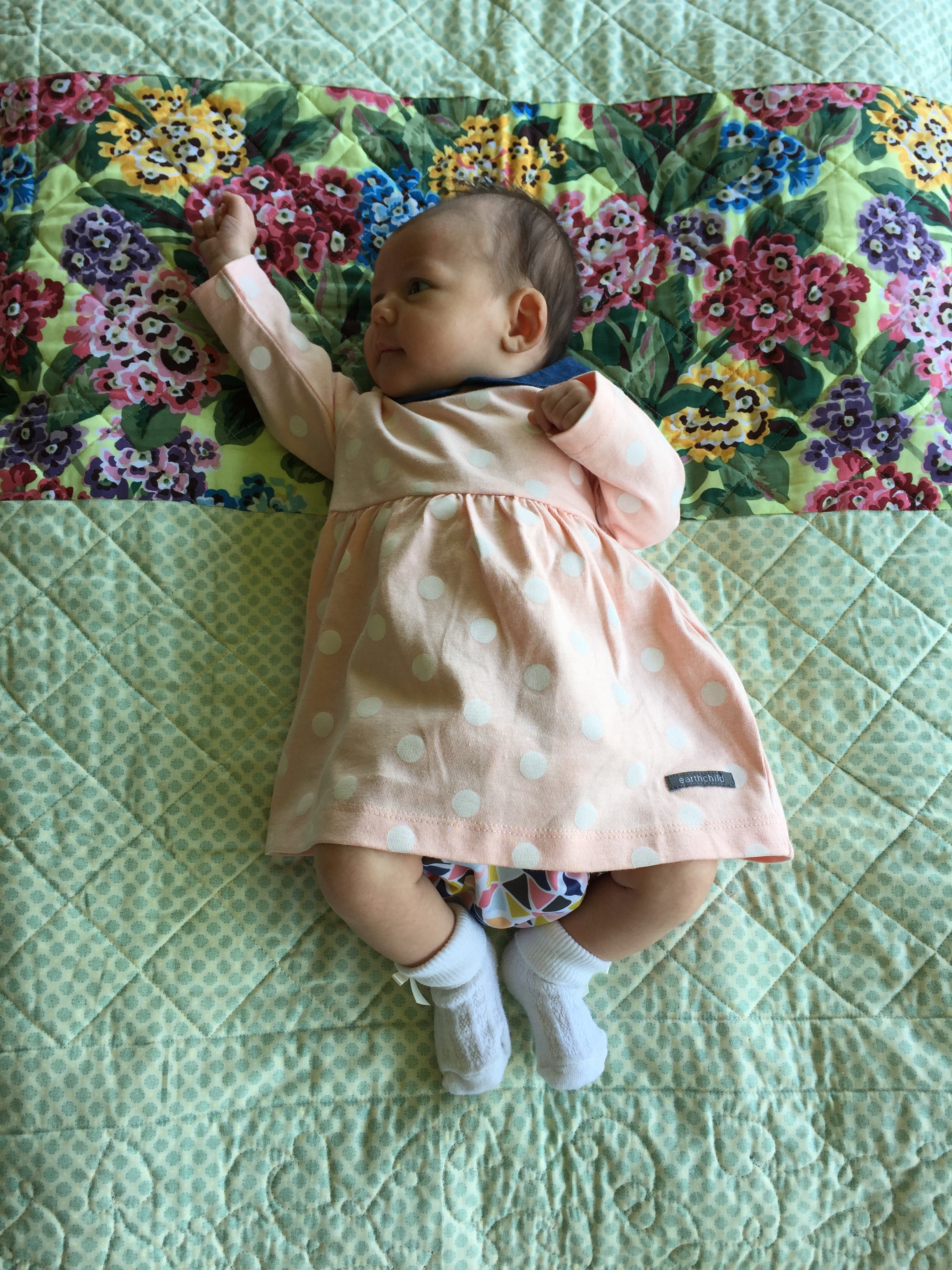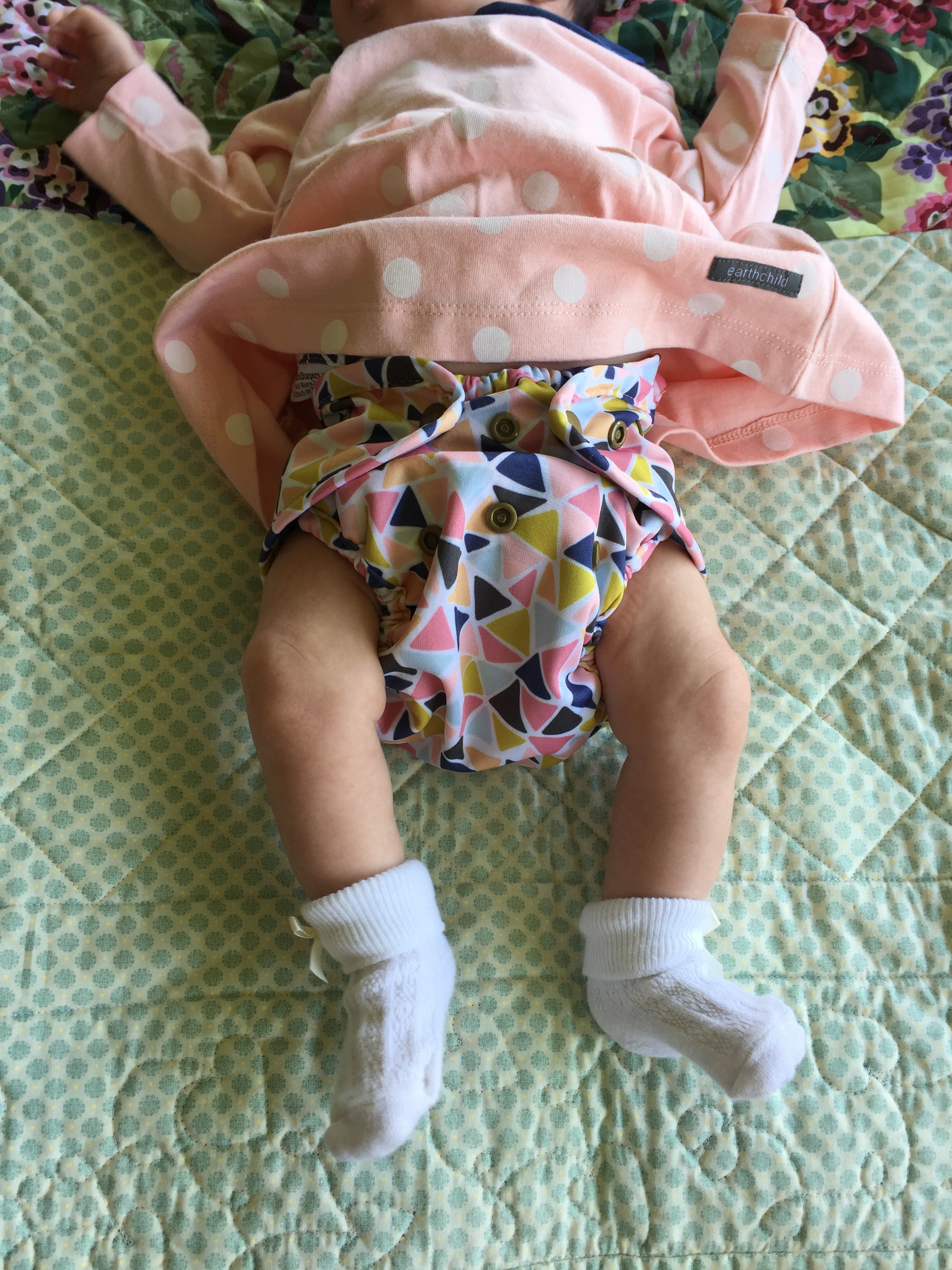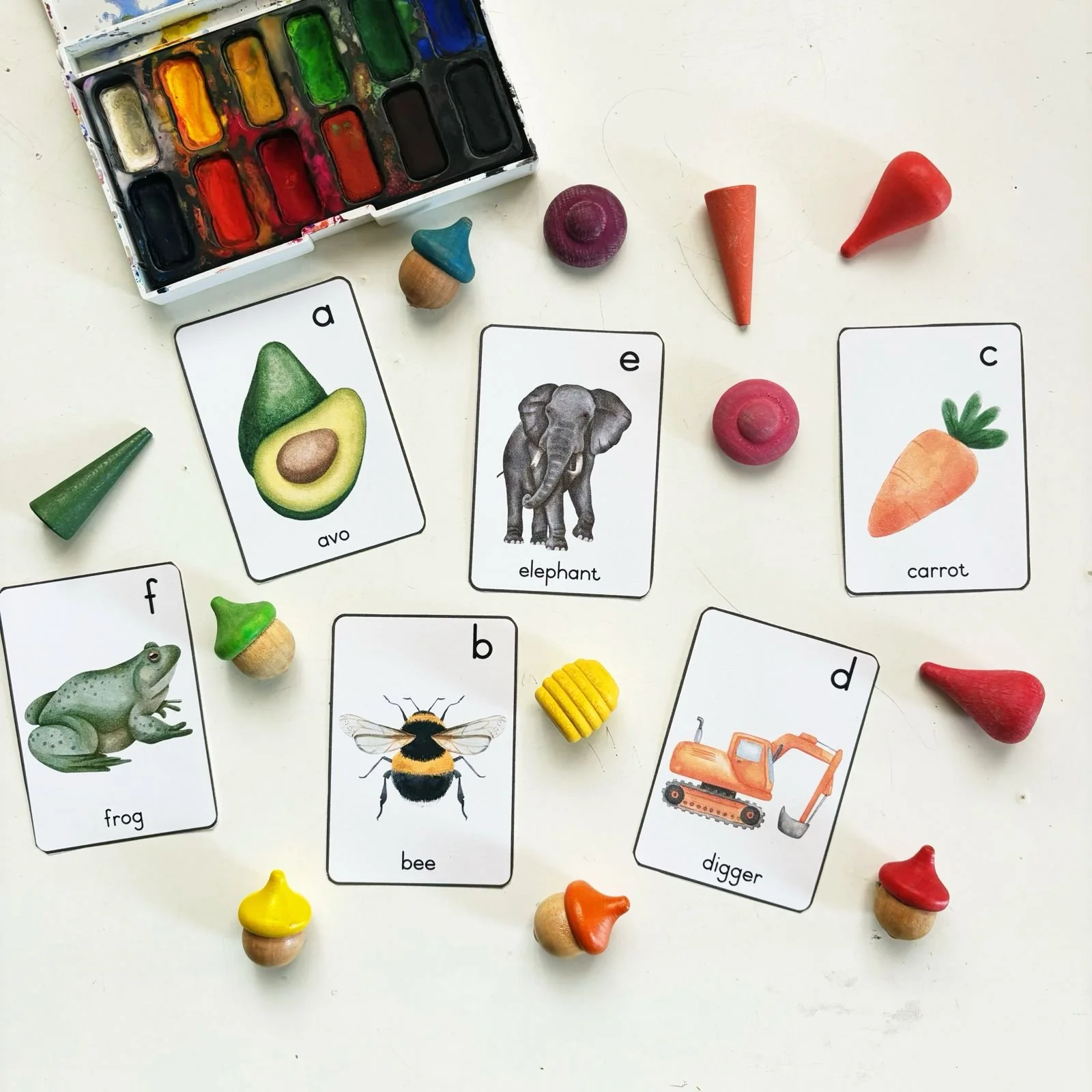How I store dirty cloth nappies in between wash days
/I’ve been using cloth nappies full time, right from newborn with my little girl (she’s 18 months old now) and now on my little boy (he’s 6 weeks old now) and I am often asked about the best way to keep/store dirty nappies if you’re not washing every day.
Most of the info out there recommends storing dirty cloth nappies in a basket/container with holes in it, as this gives the nappies air which, contrary to what you might think, makes them less smelly. I didn’t like the idea of having an open nappy bin, and so want to share what I use to store dirty nappies.
As I wash every second day, my dirty nappies aren’t left to get terribly smelly. I also rinse Everly’s night nappies straight away in hot water, and then leave these in a bucket next to the washing machine until wash day. So the nappies that go into the nappy bin are mostly wet (wee) nappies. For poo nappies, I ‘deposit’ the solids into the toilet (depending on just how ‘solid’ things are I may need to also rinse anything left behind off the nappy). I do this with a pair of gloves in the toilet. Then that nappy is either put in the bucket with her night nappies (if it was a shocker of a poo nappy) otherwise it goes into the nappy bin.
I wanted a nappy bin that looked nice in her nursery, and that’s where the Korbell Nappy Bin wins hands down. Even though it’s designed as a disposable nappy bin (and you use it with refillable nappy sack things) I just use it without them and use a washable pail liner from Biddykins instead. On wash day, I take out the pail liner full of nappies, and put everything into the washing machine (pail liner included).
I’ve got two pail liners for Everly…a pink one and a white one. So when one is in the wash, I alway have the other in the nappy bin.
I had planned on using Everly’s nappy bin for Aaron, but seeing as Everly is still in nappies (she is only 18 months), and the fact that newborns go through SOOOOO many nappies…they can’t practically share one bin. And so, I found another one second hand (I also bought Everly’s second hand) and then bought two more pail liners for Aaron’s bin…a blue and a grey one. If you’re wondering where to look for second hand baby items, I’ve always had great luck with Facebook marketplace!
I have yet to have any stink issues when using this nappy bin to store dirty nappies, but if you aren’t able to wash every day/every second day, then it might be a different story. When we go away, I generally wash every day as I don’t take ALL our nappies with us, and then I often just use an ordinary bucket. And I have to say, even though the bucket has no lid, it’s not very smelly either. So you could use something similar. I have been told a laundry basket (the ones with the holes in the sides) works well too, and it’s been said that you can add a few drops of tea tree oil on a face cloth and pop that in the nappy bin to help with the smell.
What have you found works best for you when it comes to storing your dirty nappies? Let me know in the comments below!






